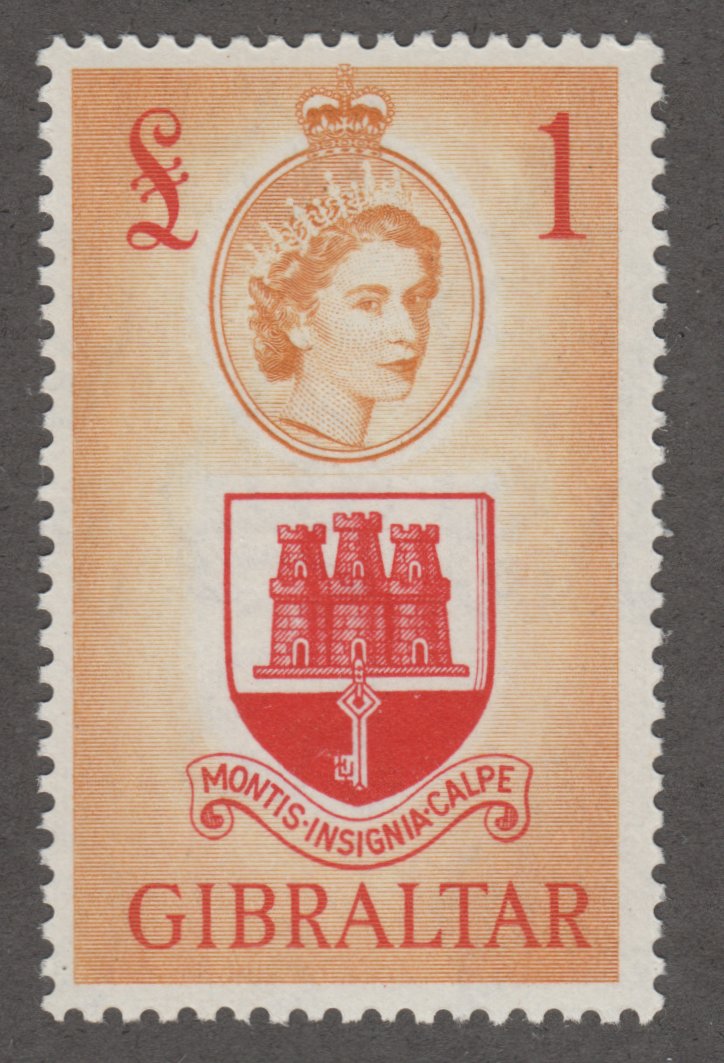
Discussion - Member to Member Sales - Research Center

Discussion - Member to Member Sales - Research Center

The 10c value through $1 landscape designs are found with three different types of chalk surfacing on the paper. Two of them are very distinct and easy to distinguish, while the third looks very similar to the second. The picture below shows the first two of these types:

The first printings of the 10c through 50c that were released in 1972 show distinct vertical ribbing on the surface, as shown in the picture. It is thought that the ribbed coating was experimental and intended to see whether or not is was required in order for the ink to properly adhere. The stamp on the bottom shows the smooth chalk surfacing that replaced the ribbed coating. This replacement was transitional, with a third type of coating that was less even and which shows very fine horizontal striations across the design. This type is generally only found on the very last type 1 printings made of each stamp, through I have also seen it on the very first printings of the perf. 12.5 x 12 $1 Vancouver.
The specialized catalogues did not use to list these types, however, in recent years they have started listing them as collectors become aware of their significance. If you look at some of the commemorative issues printed by BABN between 1972 and 1974 you can see the same differences in the chalk surfacing.
There is a distinct difference between the gum found on the BABN printings and that found on the CBN stamps. The picture below shows one such difference:

Generally, the BABN gum is thicker and smoother, whereas the CBN gum is thinner and shows the texture of the wire side of the paper more readily.
One interesting gum type is the vertical ribbed gum, which is shown next to a normal BABN printing:

This gum is not listed on this issue in Unitrade, but it is listed on the next definitive issue - the 1977-82 Floral issue. This suggests that it comes from the very last printings made in 1977 or 1978. I have only found it on booklet stamps.
On some late printings of the CBN stamps, the gum has a sheen that is distinctly more matte than the normal satin sheen. I call this the eggshell PVA gum. An example is shown below on the 1c Macdonald design:

The full post on my website gives a little more detail. This leaves the largest topic of interest, which is the paper. Next week I will start looking at the thickness, texture and weave direction of the papers, then, in the following weeks I will discuss the fluorescence levels found on the papers.

Login to Like
this post
07:05:09pm
This week I examine the last two physical characteristics of these stamps before I get into the most significant topic of this issue, which of course is the paper varieties. The two characteristics that I discuss this week are the gum found on the stamps, as well as the chalk-surfacing found on the mid values and BABN printings of the $1.
The 10c value through $1 landscape designs are found with three different types of chalk surfacing on the paper. Two of them are very distinct and easy to distinguish, while the third looks very similar to the second. The picture below shows the first two of these types:

The first printings of the 10c through 50c that were released in 1972 show distinct vertical ribbing on the surface, as shown in the picture. It is thought that the ribbed coating was experimental and intended to see whether or not is was required in order for the ink to properly adhere. The stamp on the bottom shows the smooth chalk surfacing that replaced the ribbed coating. This replacement was transitional, with a third type of coating that was less even and which shows very fine horizontal striations across the design. This type is generally only found on the very last type 1 printings made of each stamp, through I have also seen it on the very first printings of the perf. 12.5 x 12 $1 Vancouver.
The specialized catalogues did not use to list these types, however, in recent years they have started listing them as collectors become aware of their significance. If you look at some of the commemorative issues printed by BABN between 1972 and 1974 you can see the same differences in the chalk surfacing.
There is a distinct difference between the gum found on the BABN printings and that found on the CBN stamps. The picture below shows one such difference:

Generally, the BABN gum is thicker and smoother, whereas the CBN gum is thinner and shows the texture of the wire side of the paper more readily.
One interesting gum type is the vertical ribbed gum, which is shown next to a normal BABN printing:

This gum is not listed on this issue in Unitrade, but it is listed on the next definitive issue - the 1977-82 Floral issue. This suggests that it comes from the very last printings made in 1977 or 1978. I have only found it on booklet stamps.
On some late printings of the CBN stamps, the gum has a sheen that is distinctly more matte than the normal satin sheen. I call this the eggshell PVA gum. An example is shown below on the 1c Macdonald design:

The full post on my website gives a little more detail. This leaves the largest topic of interest, which is the paper. Next week I will start looking at the thickness, texture and weave direction of the papers, then, in the following weeks I will discuss the fluorescence levels found on the papers.

Login to Like
this post

